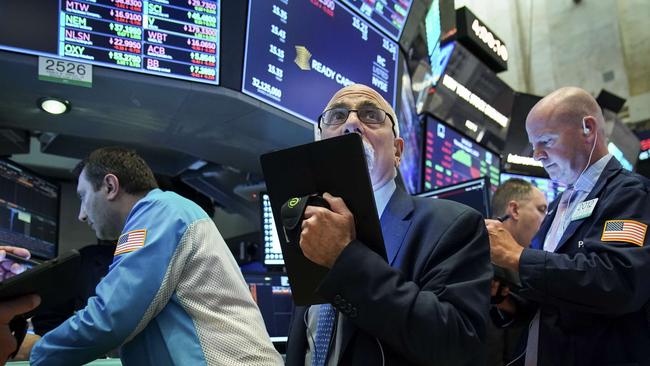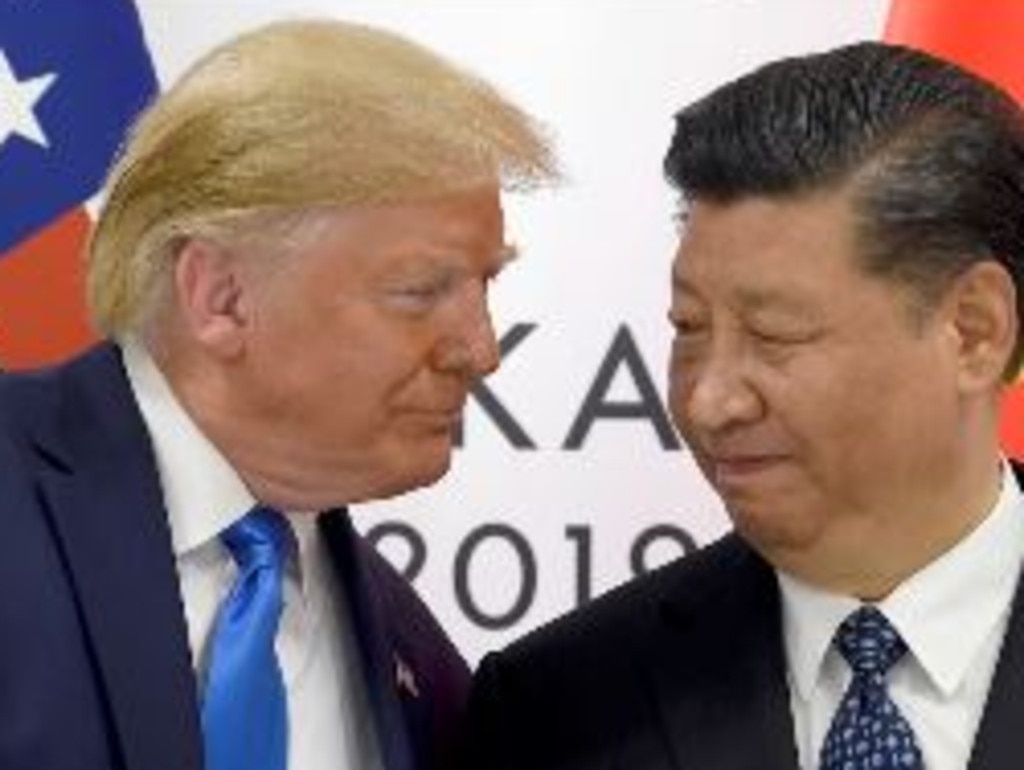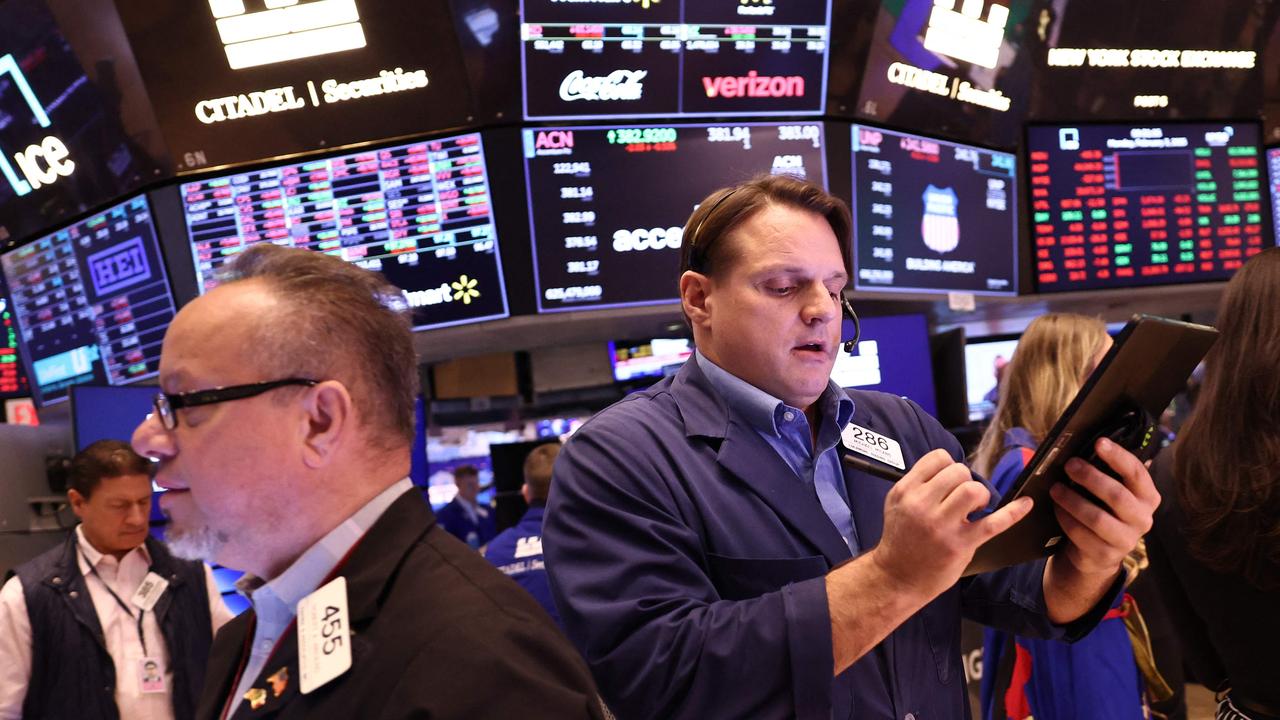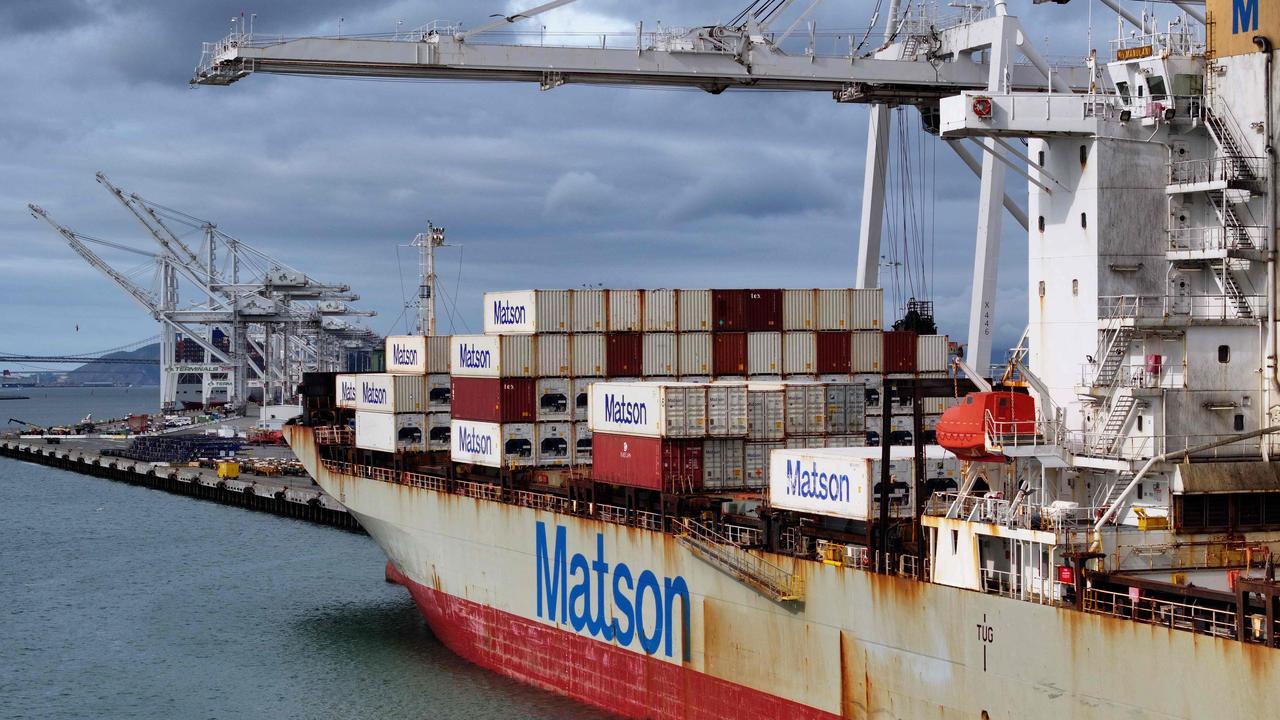
We are starting to see serious fear creep into global markets. Until now, despite the fluctuations, it seemed that it was in the best interests of both US President Trump and China’s President Xi to do a deal.
Suddenly, when President Trump upped the stakes by moving to impose higher tariffs on China because China was not taking sufficient US agricultural products, fear of a catastrophe spread though the market.
Many in China want to hold off doing a deal because there will be a much better deal on the table if the Democrats take control of the White House in 2020.
President Trump is making it clear that there will be a very high price for China to pay if it plays that game.
And that fosters market fear at a time when central banks are lowering rates to try to stimulate economies, but the strategy is not working. And it can’t work while there is fear of a serious trade war.
In China the rollout of 5G services across the nation is predicted to spur offsetting growth in the country’s technology sector as industries meet the challenge of adopting advanced applications for the next-generation mobile infrastructure.
At the Global Mobile Internet Conference a representative from the China Academy of Information and Communications Technology forecast that 5G will stimulate growth in the country’s information technology industry by 3.3 trillion yuan ($US479 billion) over the next five years. This this is the message Telstra’s Andy Penn is also spreading.
But markets are not looking in that direction. Five of the best of indicators of fear---gold, US bonds, globalised companies, US retailers and the Australian dollar responded immediately to Trump’s tariffs announcement.
Let’s start with gold.
Earlier in the week gold was weak but as soon Trump issued his tweet traders rushed for gold, taking back the recent losses and sending gold futures up $13.30 an ounce at $US1,450.00. The yellow metal looks like it is headed for US1,500 an ounce.
It’s another case of following the money. Central banks which are orchestrating the interest rate reductions now have a huge appetite for gold and dominated the marketplace in the June quarter. The World Gold Council reports that central banks bought a total of 224 tonnes of gold between April and June.
The second fear indicator, US bonds, saw a similar rush of money and the yield on ten-year Treasury notes dropped sharply to a 2019 low of 1.89 per cent.
While money poured into US bonds and gold it flowed out of global stocks, US retailers and the Australian dollar.
These are the market beneficiaries of good times.
And so, shares in FedEx fell 4.2 per cent. while Caterpillar and Deere, two bellwethers of global trade, were more than 2.6 per cent lower. Apple fell 2.2 per cent and Boeing was down 2 per cent. US-based retail stocks like Nike dropped 3.4 -- a similar fall to the retail index.
Australia has been one of the main beneficiaries of global trade and in particular the rise of China.
We are collateral damage from the trade war and if a settlement involves China buying US rather than Australian agriculture then we lose either way.
The Australian dollar is touching the US68 cents benchmark and is now well below the US70 cents level where it was trading a short time ago.
In Australia the sight of bank term deposits below 2 per cent is causing a rush of capital to corporate bonds and yields are falling sharply. The money is also racing to infrastructure stocks like Sydney Airport and Transurban.
The rush to bonds is going to increase the trillions of US dollars that are now being parked in negative equity bonds ---ie bonds that are being bought at a price that is below the base value of the security.
I don’t believe this is sustainable and at some time there will be a sell-off.
But we are in a bond boom so it does not look like such an event happening in the short term.




